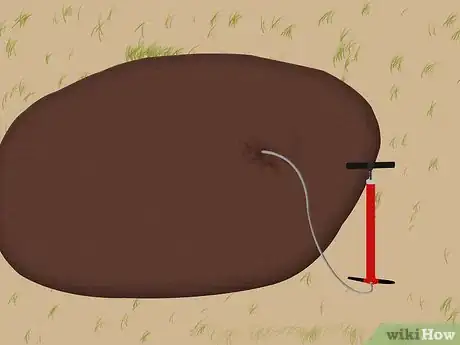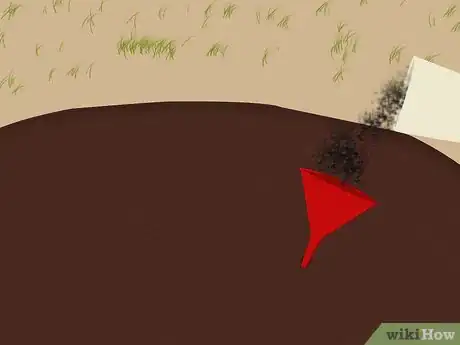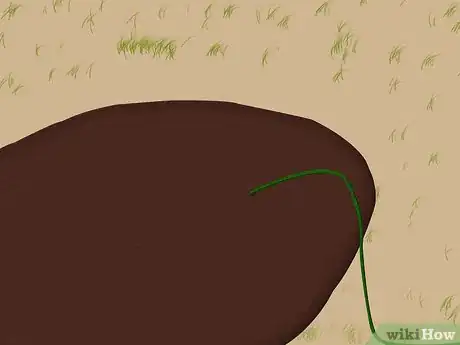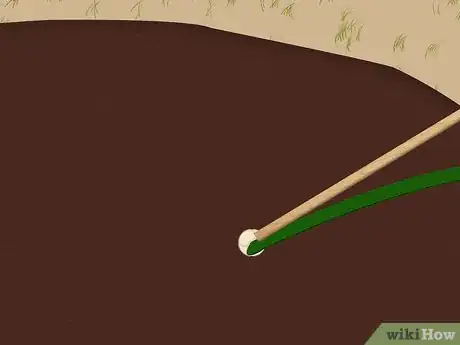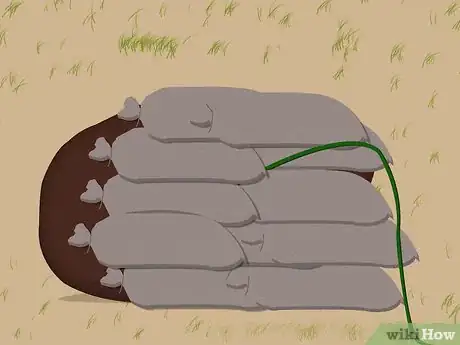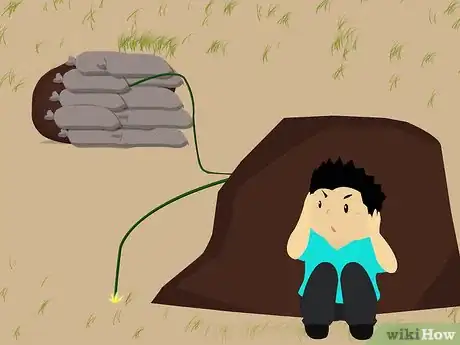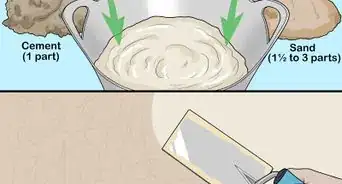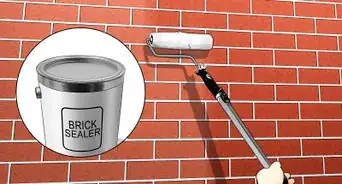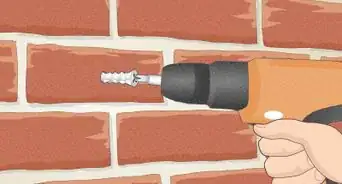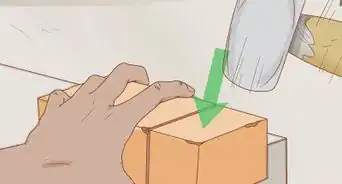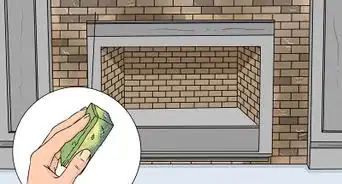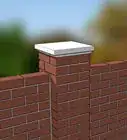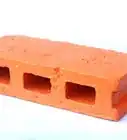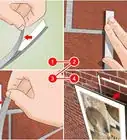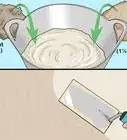wikiHow is a “wiki,” similar to Wikipedia, which means that many of our articles are co-written by multiple authors. To create this article, 11 people, some anonymous, worked to edit and improve it over time.
wikiHow marks an article as reader-approved once it receives enough positive feedback. In this case, 94% of readers who voted found the article helpful, earning it our reader-approved status.
This article has been viewed 53,709 times.
Learn more...
This article explains how to use gunpowder, cannon fuse, and modeling clay to blast, break, or demolish stone. The information can be used for boulder removal, mining, tunneling, or blasting out a cave in solid rock. BE SAFE!!!
Steps
-
1Drill a 1/2" diameter hole in the rock about 18" deep. The hole should be placed so that it is 12" - 18" in from the rock face that you are trying to break. Use a hammer drill with a masonry bit to do this.
-
2Clean out the hole. You can get it mostly cleaned out with the drill. For better results, attach a 24" long, 1/4" diameter aluminum tube to a bicycle pump. Stick the tube in the hole and blow it out by pumping the bicycle pump.Advertisement
-
3Pour about 3/4 of a fluid ounce of gunpowder into the hole using a small funnel. A graduated cooking shot glass works well to measure the powder.
-
4Place an appropriate length of cannon fuse in the hole. Be sure to know the burn rate of the fuse, and use more than you think you'll need to get out of the area! Also, be sure that you have good fuse / powder connection by corkscrewing the fuse into the powder by an inch or so.
-
5Backfill the remaining hole by balling up modeling clay into 1/8" balls, dropping them into the hole, and tamping them down with a 1/4" wooden dowel. Tamp down the clay every 5 to 10 balls.
-
6Place sandbags tightly around the hole.
-
7Make sure that nobody is in the area, light the fuse, and then EVACUATE.
-
8Notes: You can adjust the hole depth, powder charge, and hole distance from the rock face to meet your requirements. A good blast will just crack the rock. Too much charge or placing the hole too near a rock face will result in 'air burst', where rock flies into the air. This is dangerous and wasteful. Too little charge, or placing the hole too far away from a rock face will result in almost no rock breakage. This method works well when you can drill a hole straight down, or close to straight down. It will not work for placing a charge in overhead rock.
Warnings
- Flying rock from the explosion can travel more than a hundred feet and can kill people. Make sure that people and property are not exposed to the blast area. If you are right next to the blast when it goes off, you could be injured or die.⧼thumbs_response⧽
- There are rocks that cannot be broken with explosives like Gunpowder or bombs. This may have strong barrier and will take hard work to break those rocks. Before doing this, think twice if the rock is shatterproof or not. Be sure to test one to see if it can be blasted by them. If the rock can be detonated by any explosive which will only locally destroy the object, use any of them to destroy. If not, do something else to break it without using any stronger explosives like dynamites or nuclear bombs.⧼thumbs_response⧽

